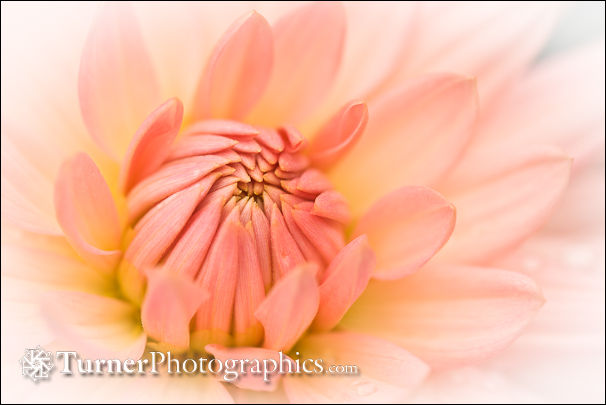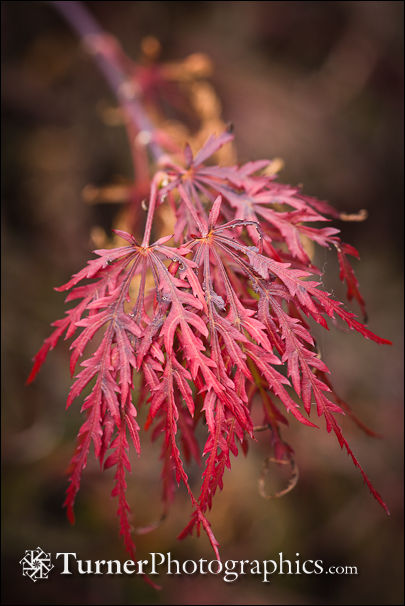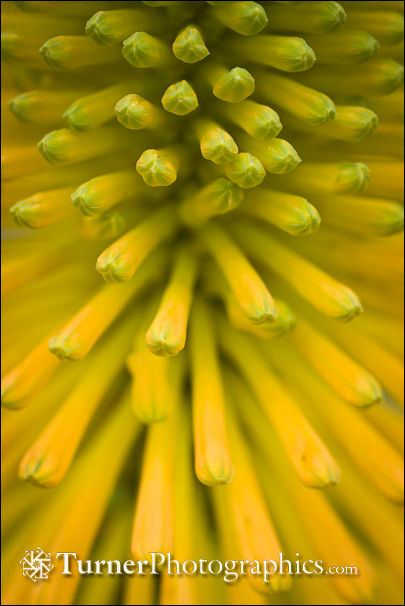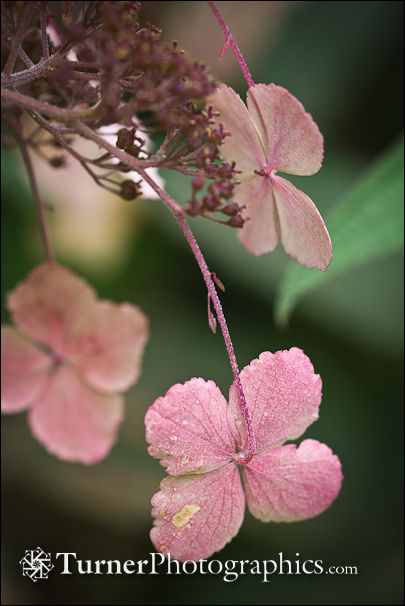Macro Play

There’s been way too much work and too little play in my life lately. I had an errand to run in Seattle so I headed south this morning, did my shopping, and headed across Lake Washington to the Bellevue Botanical Garden. It’s one of my favorite public gardens in the region, a delight in any season.
I ended up spending about three hours meandering through the garden, photographing whatever my muse called out to me. The four photos here are my favorites from the day, although there are certainly other nice images in my “take.” These were all made with my 100mm macro lens with natural light under heavily overcast skies. Except for the vignettes applied to the edges there’s been almost no post production. These are all about seeing details in the garden.
The first image is a detail of a dahlia blossom. I was among three photographers working the extensive dahlia bed at the garden entrance this afternoon and it looked like all of us were seeking details. I set up my shot and waited for breaks in the breeze so the flower would stop moving. I like the subtle color gradations in the petals of this unidentified cultivar.
 Wandering on down the path from the dahlias I passed this Cutleaf Japanese Maple, with foliage just beginning to achieve its deep autumn coloration. The branch and leaves I chose to photograph were held above the rest of the foliage, allowing me to separate it from the background with the relatively large aperture of f/5.6.
Wandering on down the path from the dahlias I passed this Cutleaf Japanese Maple, with foliage just beginning to achieve its deep autumn coloration. The branch and leaves I chose to photograph were held above the rest of the foliage, allowing me to separate it from the background with the relatively large aperture of f/5.6.
Cutleaf Japanese Maples are planted extensively in the northwest, and for good reason since they have great year-around interest in the garden. They’re generally compact, slow-growing, have superb structure, and the deeply-incised foliage is a visual delight.
Let your eyes graze the texture and undulations of a single leaf before moving on to the next. Breathe deeply and enjoy the visual melody.

The next texture to attract my attention was this Yellow Torch Lily, a Kniphofia cultivar.
The individual flower buds open from the bottom to the top of the cluster, giving a long period of bloom and lots of opportunities for bees to visit and pollinate. Since the flowers are tubular I presume hummingbirds like them, too but I didn’t see any flitting around today.
What attracted me today was the repeating pattern, not quite regular but not really irregular either. The color intensifies from top to bottom as the buds are closer to opening.
 The final detail I’m sharing with you today is the back side of an individual hydrangea blossom. This one is Hydrangea aspera. To be botanically accurate, what we’re seeing here is actually a large bract that surrounds an infertile blossom.
The final detail I’m sharing with you today is the back side of an individual hydrangea blossom. This one is Hydrangea aspera. To be botanically accurate, what we’re seeing here is actually a large bract that surrounds an infertile blossom.
These aren’t the kind of images that I’ve found to be particularly commercially viable, but they’re what drew me to photography in the first place. So I guess this is what constitutes my personal work. I’ve always had trouble defining just what that term means for me as I’ve always tried to find a market for almost everything I photograph.
In an ideal world I’d spend most of my days outside with a macro lens on my camera, seeking out interesting details among the flowers, foliage, fungi, and other small life forms. I work slowly, contemplatively, shifting a few centimeters one way or another, in essence playing with form, texture, pattern, color contrast, and light. Hopefully I bring much of the same thought process to my better-paying photography.
Thanks to my friend and fellow photographer Doug Bascom, who has been posting very nice garden images on Facebook and inspired me to get out and play a bit this afternoon.


So glad to see the lovely stuff a short few hours of your work/play created. Every discipline must have its conflicting ideals and realities. Thanks for sharing!